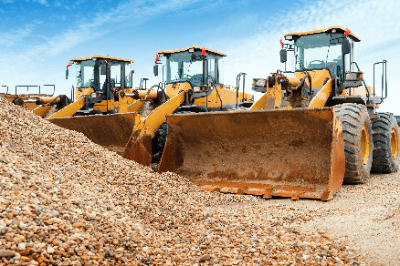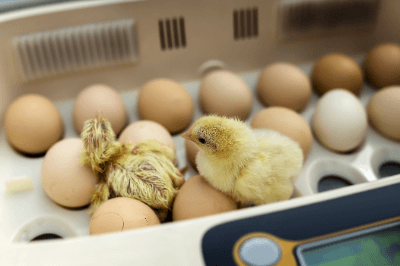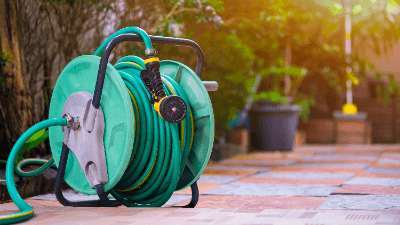What Is Vinyl Acetate Polymers?
Polyvinyl acetate (PVAc), a colorless and transparent thermoplastic resin, is polymerized from vinyl acetate. Known for its solubility in various organic solvents including ketones, esters, methyl alcohol, benzene, and halogenated hydrocarbons, PVAc has a softening point around 38°C and becomes fluid at approximately 80°C. It is mistakenly referred to as acetic acid, which is incorrect; PVAc’s correct chemical identity is distinct from acetic acid.
Polyvinyl acetate is produced through the polymerization of vinyl acetate, obtained from the combination of acetylene and acetic acid. Industrial production methods include solution or emulsion polymerization, utilizing a radical initiator. Hydrolysis of polyvinyl acetate yields polyvinyl alcohol.
Uses of Vinyl Acetate Polymers
Due to its flexibility and low softening point, polyvinyl acetate finds extensive use in various applications such as base material for chewing gum, adhesives (e.g., wood bond), paper sizing agents, water-based paints, and textile post-treatment agents. It also plays a role in cosmetics, serving as a hair styling agent, binding agent, film-forming agent, and emulsion stabilizer.
Polyvinyl alcohol, derived from polyvinyl acetate hydrolysis, is utilized in producing the synthetic fiber vinylon, laundry glue, and films for liquid crystal displays, with over 80% of polyvinyl acetate production being hydrolyzed for polyvinyl alcohol use.
Properties of Vinyl Acetate Polymers
1. Water Insolubility and Dispersion
Polyvinyl acetate is insoluble in water but can be emulsified into a colloidal state for dispersion. This property makes it ideal for woodworking adhesives, as it forms strong hydrogen bonds with wood. Hydrolyzed polyvinyl acetate, however, is water-soluble due to the presence of hydroxyl groups in alcohols.
2. Low Glass Transition Temperature
The glass transition temperature of polyvinyl acetate is 29°C, contributing to its use in products like chewing gum. Its low glass transition temperature allows it to transition from a non-sticky state to a rubbery state upon reaching body temperature. The bulky side chains of polymers like polyvinyl acetate provide more space within the molecule, facilitating easier movement of molecular chains even in its rubbery state.
Other Information on Vinyl Acetate Polymers
1. Production Method of Polyvinyl Acetate
Polyvinyl acetate is synthesized through addition polymerization, which involves opening the carbon double bonds in vinyl acetate to form long polymer chains. This method allows for the attachment of additional molecules on both sides of the double bond.
2. Production Process of Polyvinyl Alcohol
Polyvinyl alcohol is produced by saponifying polyvinyl acetate, transforming the acetate groups into hydroxyl groups. This process, known as saponification, typically uses a base like sodium hydroxide for hydrolysis. The insolubility of polyvinyl acetate in water necessitates the use of methanol for saponification, with base catalysts ensuring faster and more complete hydrolysis than acid. Direct polymerization of vinyl alcohol is not feasible due to its instability, leading to the indirect method of producing polyvinyl alcohol via vinyl acetate.


